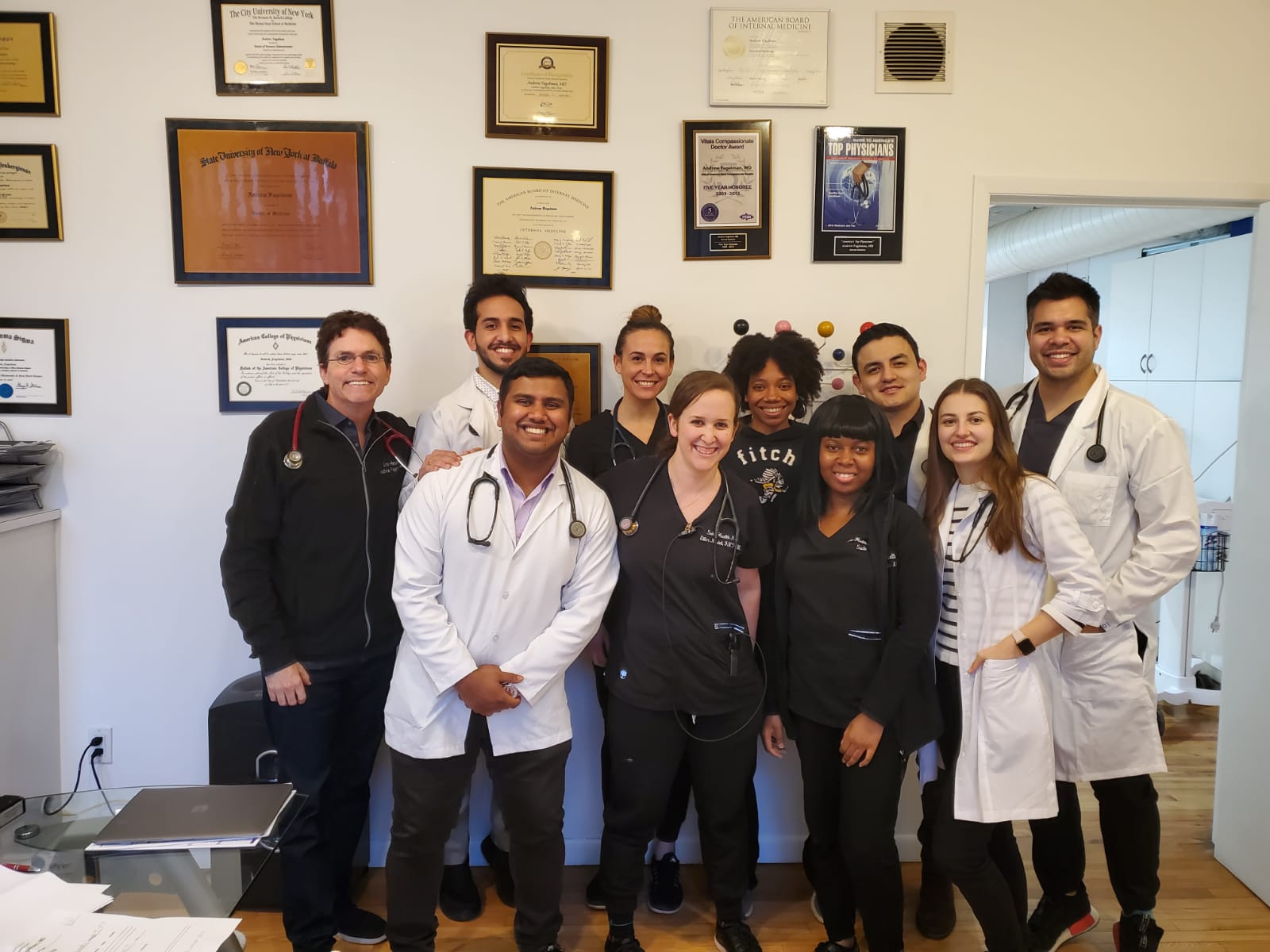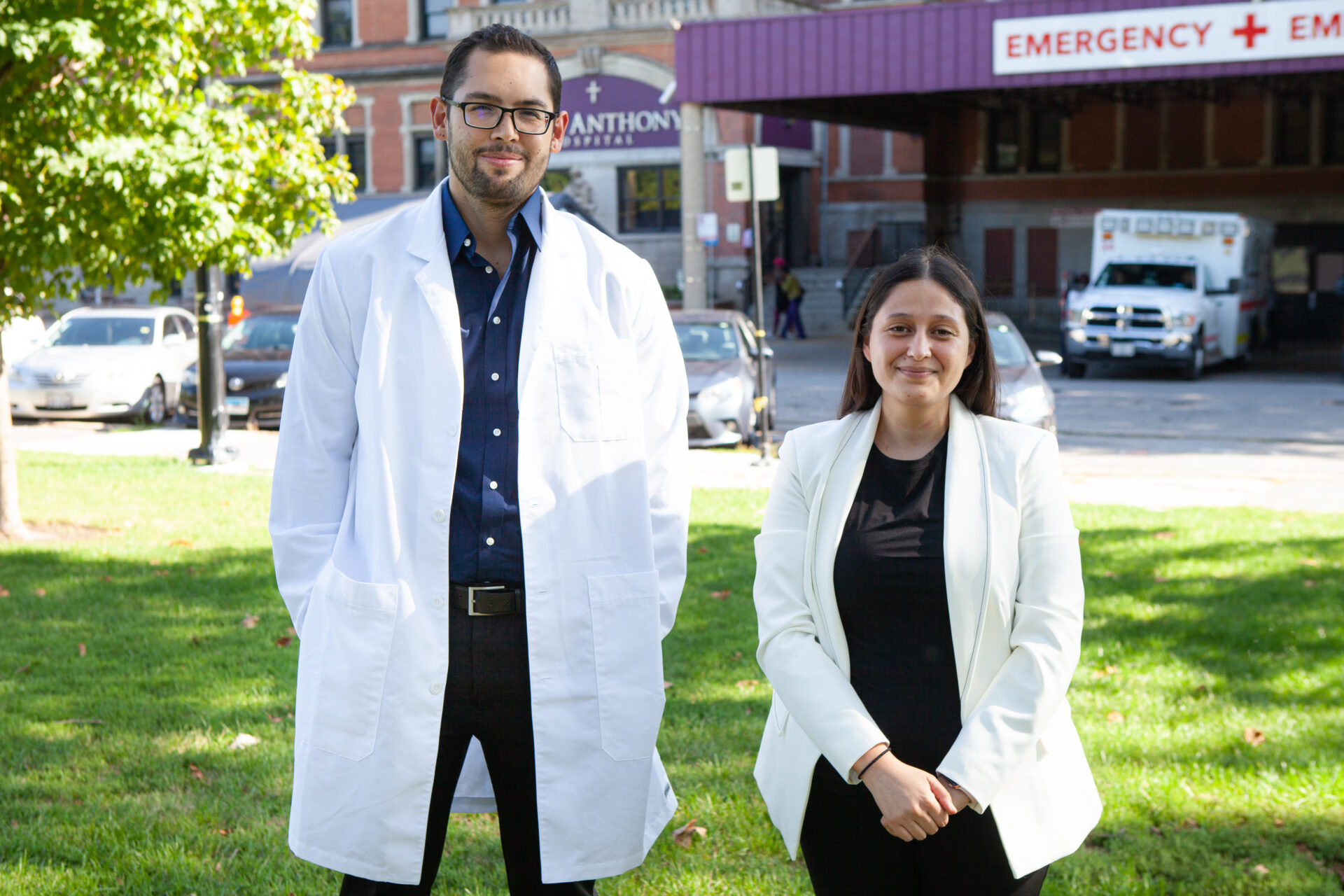With the click of a button or the tap of a finger, physicians have it all. With technology, specifically iPads, a patient’s medical records, clear images of x-rays, MRIs, or EKGs, and test results are made easily accessible. A recent post by ‘Medical News Today’ touted these popular devices as one of the more significant medical technology improvements this year. The devices have become tools that foster better organization, great medical imaging, and the ability to store massive amounts of information in one place.
While the iPad does bring a level of convenience and portability to hospitals and clinics, there are other tech advances that are shaping how patients are diagnosed, treated, and their health afterward. Here is a quick look at what techies, engineers, scientists, and medical practitioners are working on in 2020:
Traceable Tattoos
Forget smartphones, 2020 will (possibly) see the introduction of smart tattoos. Scientists are currently experimenting with semi-permanent tattoos that can allow them to monitor a patient’s vitals. These tattoos are designed to change colors based on certain indicators such as low glucose or high sodium levels. These changes in color can be important markers of an individual’s health and signal, visually, when it is time to see a doctor. The best thing about these tracking tattoos? They don’t require charging!
Resourceful Robots
In for minimally invasive surgical procedures, where precision and detail is key, robotics has been increasingly depended on. Surgeons have increased visualization and control over their incisions and stitches with the use of this technology. Robotic surgery has multiple benefits for patients including, less scarring, pain, and blood loss. The high price tag for medical technology can turn some patients down although, in some cases, the shorter hospital stays associated with robotic procedures may cause a patient to break even. Overnight hospital stays can often cost more than the surgical procedures themselves.
The biggest change coming for robotics next year will be the choices hospitals and clinics will have in terms of what type of robotics system to purchase. Since 2000, the da Vinci System has been the preferred equipment by most hospitals using robotic surgical procedures. The market introduced four new systems recently, increasing competition. More competition may lead to lower prices. This will allow other hospitals, which did not previously have access to technology, to adopt it. For more information on the four new surgical robotics systems, click here
3-D Printing
In the past year, 3-D printing has come a long way as evidenced by our blog post on 3D printed organs. In the last few months, scientists and physicians have banded together to create 3D robotic prosthetics. According to one source, prosthetics is a growing field due to the demand of survivors in war-torn counties. Combining 3D technology and robotics can give patients a greater quality of life. With these prosthetics, bodyparts can move more naturally. More advanced prosthetics can even be controlled by the patient intuitively.
Want to see this new technology for yourself? A clinical experience with AMO could provide you exposure to new medical techniques and software. Create an account with us today to explore the possibilities!







Want to join
Hi Charan,
Thanks for contacting AMO! We are excited you are considering joining. We will have one of our advisors reach out to discuss the experiences we offer and how the application process works.
Regards,
Stephanie
Process of applying and fees